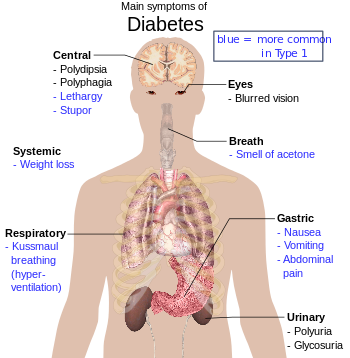By PHIL GALEWITZ
Despite dire warnings from Republicans and some large insurers about the stability of the Affordable Care Act exchanges, an Obama administration report released Aug. 11 indicated that the individual health insurance market has steadily added healthier and lower-risk consumers.
Medical costs per enrollee in the exchanges in 2015 were unchanged compared with 2014, according to the Centers for Medicare & Medicaid Services. In contrast, per-member health costs rose between 3 percent and 6 percent in the broader U.S. insurance market, which includes 154 million people who get coverage through their employer and the 55 million people on Medicare, the report said.
Aviva Aron-Dine, senior counselor to U.S. Health and Human Services Secretary Sylvia Burwell, said the data was encouraging when many insurers have announced double-digit rate increases for 2017 and others have pulled back in some states to curtail financial losses.
“What we take from this is that the marketplace is on sound footing,” she said in a phone briefing with reporters. She also said the sharp 2017 rate increases could be intended to help insurers compensate for underpricing their premiums in 2014 and 2015 and not the first in a series of large annual rate hikes. Next year’s phase-out of the Affordable Care Act’s reinsurance programs — which helped insurers cover losses on higher-cost enrollees the past two years — is another reason why some insurers want higher rates for 2017.
Nearly 13 million Americans bought coverage for 2016 on the Obamacare marketplaces. More than 80 percent received federal subsidies that help them afford policies and insulate them from effects of premium increases.
Several insurers, including UnitedHealth Group and Humana, have said they will not sell 2017 individual plans on many state exchanges because they absorbed heavier-than-expected losses in part due to higher medical claims.
Aron-Dine said the administration always expected that rising enrollments would attract younger and healthier enrollees to balance the risk of insuring the older and sicker people who signed up initially. In 10 states with the highest enrollment growth from 2014 to 2015, the government reported, per-member per-month claims costs fell by an average of 5 percent.
Its study was based on claims data collected by CMS to administer the health law’s reinsurance and risk adjustment programs. Insurers submitted their 2015 data earlier this year.
What explains insurers’ losses from Obamacare if health costs have held steady?
Sabrina Corlette, research professor at the Center on Health Insurance Reforms at Georgetown University’s Health Policy Institute, said some insurers priced their coverage too low in 2014 and 2015 — in part to grab market share — and are now trying to make up for it. She said insurers have based most of their 2017 rate increases on their 2015 results.
“This should reassure people that despite the narrative that these markets are going down the toilet, in fact the report shows the opposite … that these markets are generally performing pretty well,” Corlette said.
Cynthia Cox, associate director for the Kaiser Family Foundation Program for the Study of Health Reform and Private Insurance, said the CMS report is good news for consumers. “This suggests the premium increases that we are seeing going into 2017 is likely to be a one-time adjustment … for pricing too low in the first few years,” she said. (Kaiser Health News is an editorially independent program of the foundation.)










